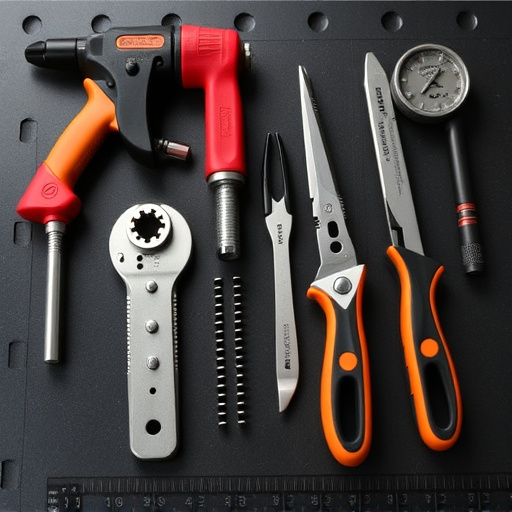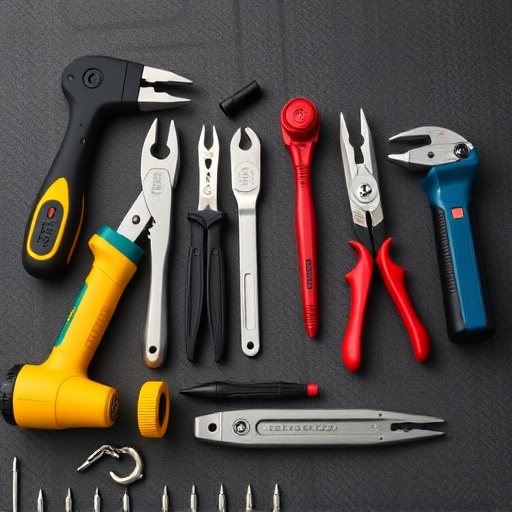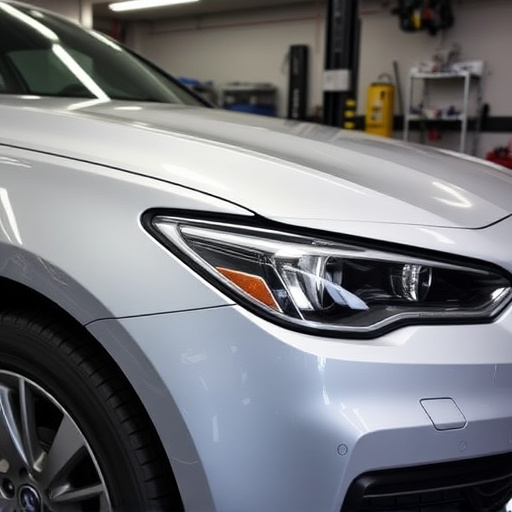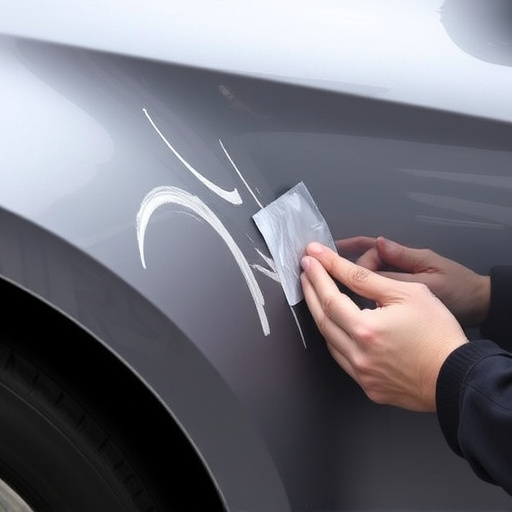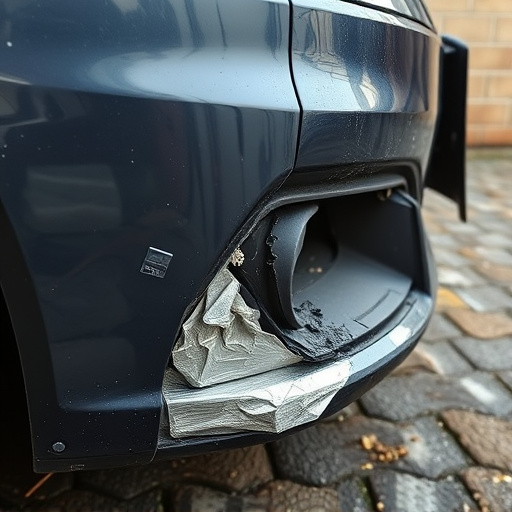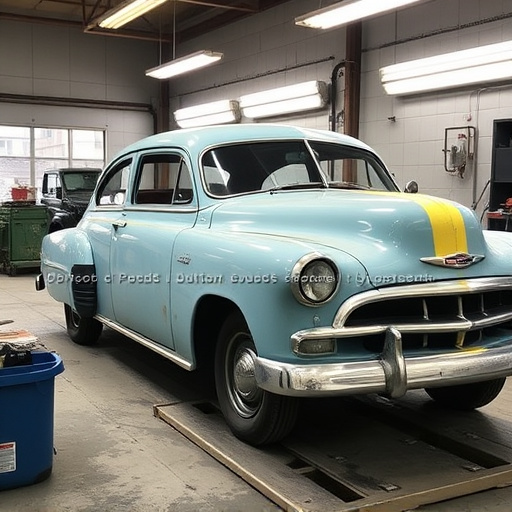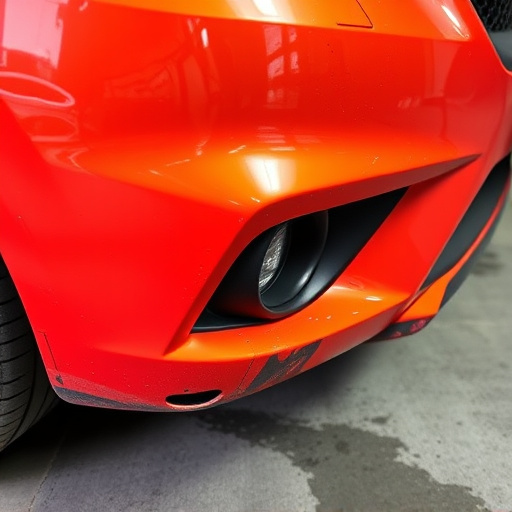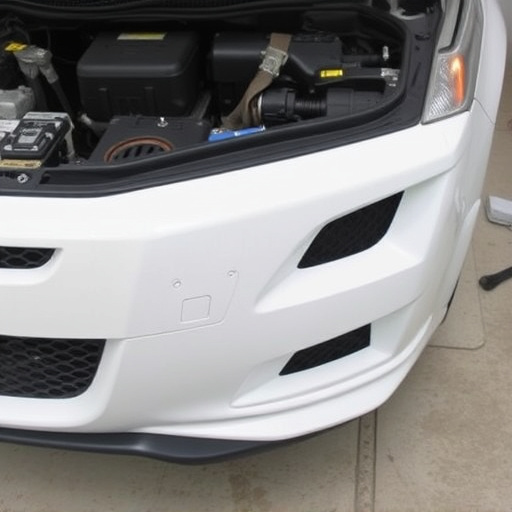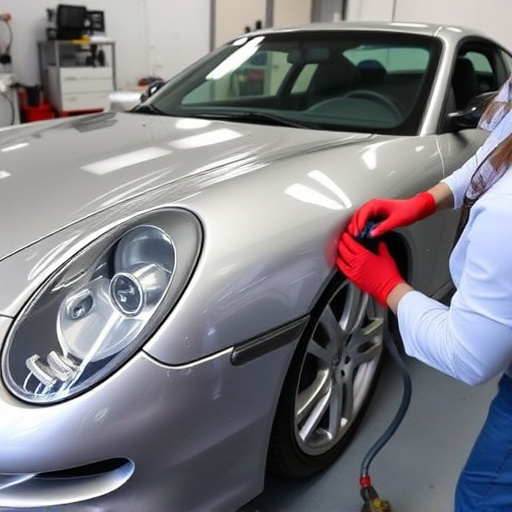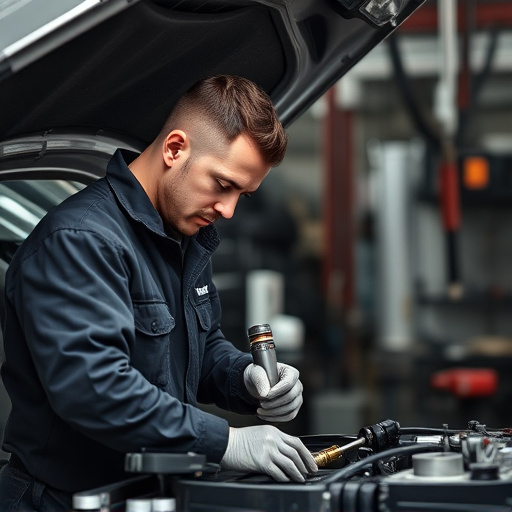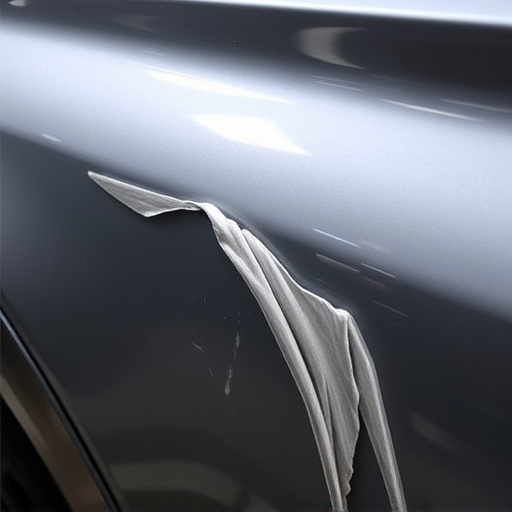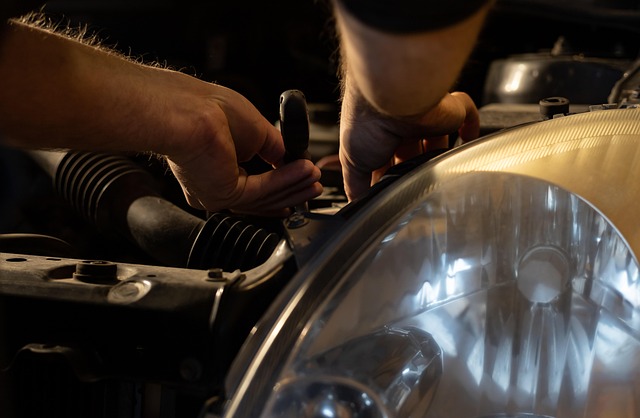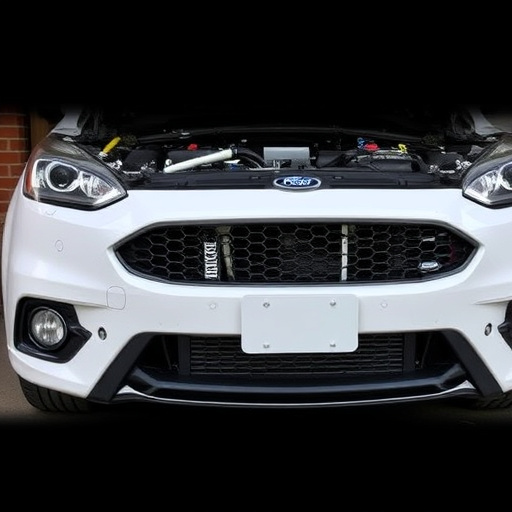Collision auto body shops offer crucial interior repairs alongside exterior fixes, using skilled technicians, advanced technology, and OEM parts to restore vehicles to pre-accident condition. Meticulous preparation, high-quality materials, and regular training ensure precise, detail-oriented repairs that enhance aesthetics, functionality, and resale value, boosting customer satisfaction and shop reputation.
In today’s digital age, the reputation of a collision auto body shop extends beyond its physical location. The quality of interior repairs plays a significant role in customer satisfaction and business success. This article delves into the intricacies of interior repairs at collision auto body shops, exploring common challenges and best practices to ensure flawless outcomes. Understanding these aspects is crucial for maintaining high standards and fostering customer trust in an increasingly competitive market.
- Understanding Interior Repairs in Collision Auto Body Shops
- Common Challenges and Best Practices in Auto Interior Restoration
- The Impact of Quality Repairs on Customer Satisfaction
Understanding Interior Repairs in Collision Auto Body Shops
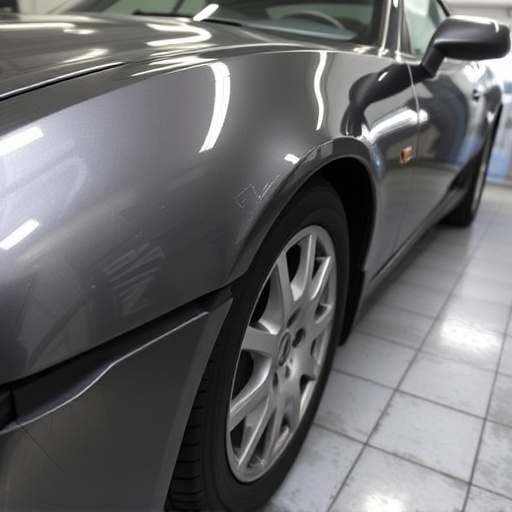
In a collision auto body shop, interior repairs are just as vital as exterior fixes. When a vehicle undergoes a collision, the impact can cause damage to various internal components, from torn seats and shattered dashboards to compromised safety features. Skilled technicians in these shops are equipped to assess and address these issues, ensuring not only the structural integrity of the vehicle bodywork but also the comfort and safety of future occupants.
Understanding that every car body repair is unique, collision auto body shops tailor their interior repairs accordingly. They employ specialized tools and techniques to replace or mend damaged parts, often working with original equipment manufacturer (OEM) parts for precise fitting and superior quality. The goal is not just to restore the vehicle’s pre-accident condition but to enhance its overall functionality and aesthetics in a collision repair shop.
Common Challenges and Best Practices in Auto Interior Restoration
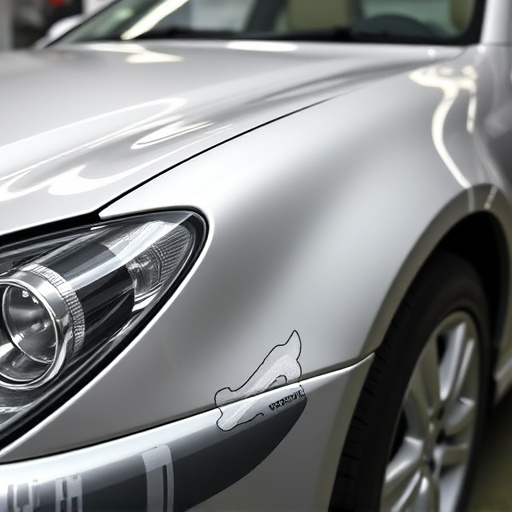
Restoring auto interiors at collision auto body shops comes with unique challenges. One of the primary difficulties lies in achieving perfect color matching and texture replication across different materials, especially after significant damage or wear. Each car’s interior is a complex mix of fabrics, vinyl, leather, and plastic—all susceptible to varying degrees of fading, cracking, or tearing during a collision.
To overcome these challenges, best practices in auto interior restoration involve meticulous preparation, skilled craftsmanship, and advanced technology. Shops specializing in collision repairs employ state-of-the-art equipment for material removal, precision cutting, and color matching. They also invest in trained technicians who understand the intricate interplay of different materials and finishes. Using high-quality replacement parts and following original equipment manufacturer (OEM) specifications ensures a factory-like finish, enhancing vehicle resale value. Additionally, keeping up with regular training sessions on new restoration techniques and technologies allows collision auto body shops to stay at the forefront of car repair services, providing customers with top-notch vehicle body repair outcomes.
The Impact of Quality Repairs on Customer Satisfaction
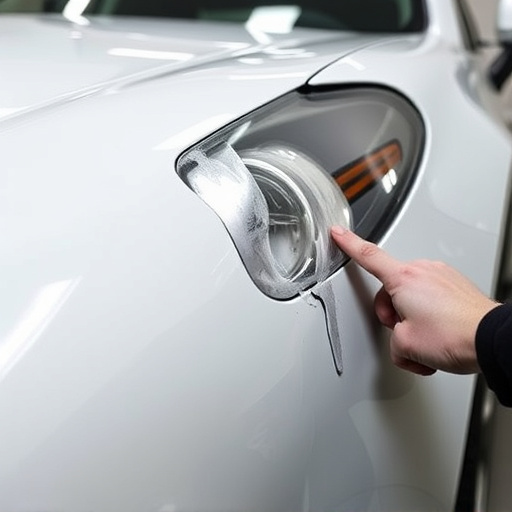
When a vehicle undergoes interior repairs at a collision auto body shop, the impact on customer satisfaction can be significant. High-quality repairs not only restore the car’s aesthetic appeal but also enhance its overall functionality and resale value. Customers expect their vehicles to be returned to pre-accident condition, and skilled technicians are equipped with the knowledge and tools to achieve this level of precision and detail.
Proper interior restoration involves meticulous attention to every panel, stitch, and seam. It encompasses not just fixing visible damage but also addressing hidden components affected during a collision. Shops that offer comprehensive auto body services, including hail damage repair, understand the importance of customer satisfaction as it directly contributes to their business’s reputation and success. By prioritizing quality repairs, collision auto body shops can foster trust with their clients, ensuring they are satisfied with the final outcome and feel confident recommending these services to others.
Interior repairs play a pivotal role in restoring vehicles to their pre-accident condition, enhancing customer satisfaction at collision auto body shops. By understanding common challenges and adopting best practices, these shops can ensure high-quality restoration work. This not only guarantees customer trust but also contributes to the overall reputation of collision auto body services in the market.
